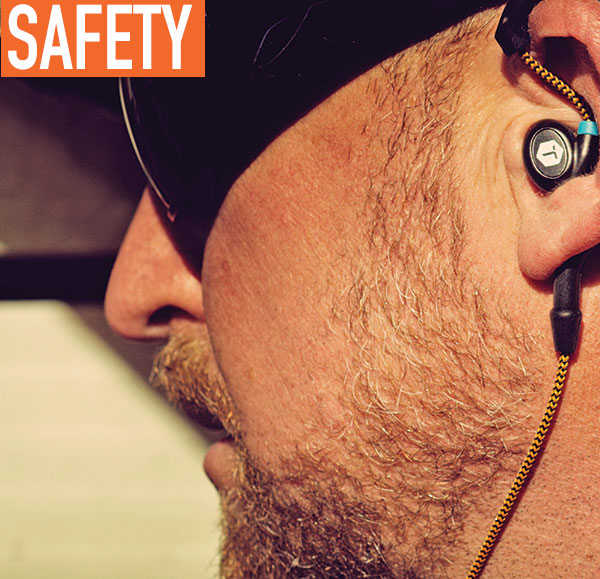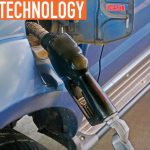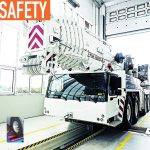Exposure to environmental noise is one of the leading causes of hearing loss throughout the world. Every day we are flooded with transport, industrial, and recreational noises. Some have the added hazard of excessive noise in the workplace, such as in a construction site or warehouse. This constant exposure wears down the delicate nerve hairs in the inner ear in the same way toothbrush bristles wear down over time.
That damage is irreparable. When it comes to hearing, once it’s gone, it’s gone. So, how can we protect our hearing and preserve it, regardless of environmental noise?
REDUCING DAMAGE
Hearing loss can be prevented by simply wearing good quality noise protection.
If you are one of the 30 million workers exposed to hazardous levels of noise on the job, hearing loss is likely already happening. While you can’t always control the noise, you can control how you protect yourself. Protective earbuds, plugs, or earmuffs that provide a Noise Reduction Rating (NRR) of 20 or more can block out a significant percentage of damaging noise.
MEASURING SOUND
To best understand what damaging noise is, we need to talk about decibels (dB), or the way we measure sound intensity. On one end, 0 dB is barely audible sound. A normal conversation hovers around 55-65 dB. From there, we move into the higher ranges.

Featured Image: If you are one of the 30 million workers exposed to hazardous levels of noise on the job, hearing loss is likely already happening.
Above: Construction sites and heavy-duty vocational trucks often creep up to more than 100dB on a regular basis.
Highway traffic results in around 75 dB and something as simple as a hairdryer accounts for 85 dB. A lawnmower garners 95dB, then it’s around 130 dB for jackhammers and up to 140 dB for firearms or a jet engine. Construction sites and heavy-duty vocational trucks, as you can imagine, often creep up to more than 100dB on a regular basis.
AN EASY FIX
So, how loud is too loud? Well, if you are exposed to levels at or more than 85 dB, particularly for a prolonged time or on a regular basis, you’re at high risk for hearing loss.
Our audiologist recommends audio lines that incorporate noise control technology to offer a number of benefits to keep your hearing safe. For example, the ToughTested line, which:
- Carries a Noise Reduction Rating of up to 26 dB
- Can reduce the influence of environmental and background noise by up to 30 percent
- Has a microphone for hands free communication
- Is compatible with smartphones
Most importantly, they help to protect against hearing loss, tinnitus, and the daily stress of excessive noise by dampening loud vibrations before they can damage your hearing. By blocking out such a large amount of environmental noise, using the earbuds allows you to keep music and conversations to a safe, hearing-preserving level.
We’ve all heard the old adage that an ounce of prevention is worth a pound of cure. One place where that is certainly the case is with hearing protection. Don’t take your hearing for granted, keep it protected and safe for years to come.
ABOUT THE AUTHOR
Find out more or look for earbuds that match your needs, visit www.toughtested.com.
_______________________________________________________________________
MODERN WORKTRUCK SOLUTIONS: MARCH 2017 ISSUE
Did you enjoy this article?
Subscribe to the FREE Digital Edition of Modern WorkTruck Solutions magazine.
![]()




